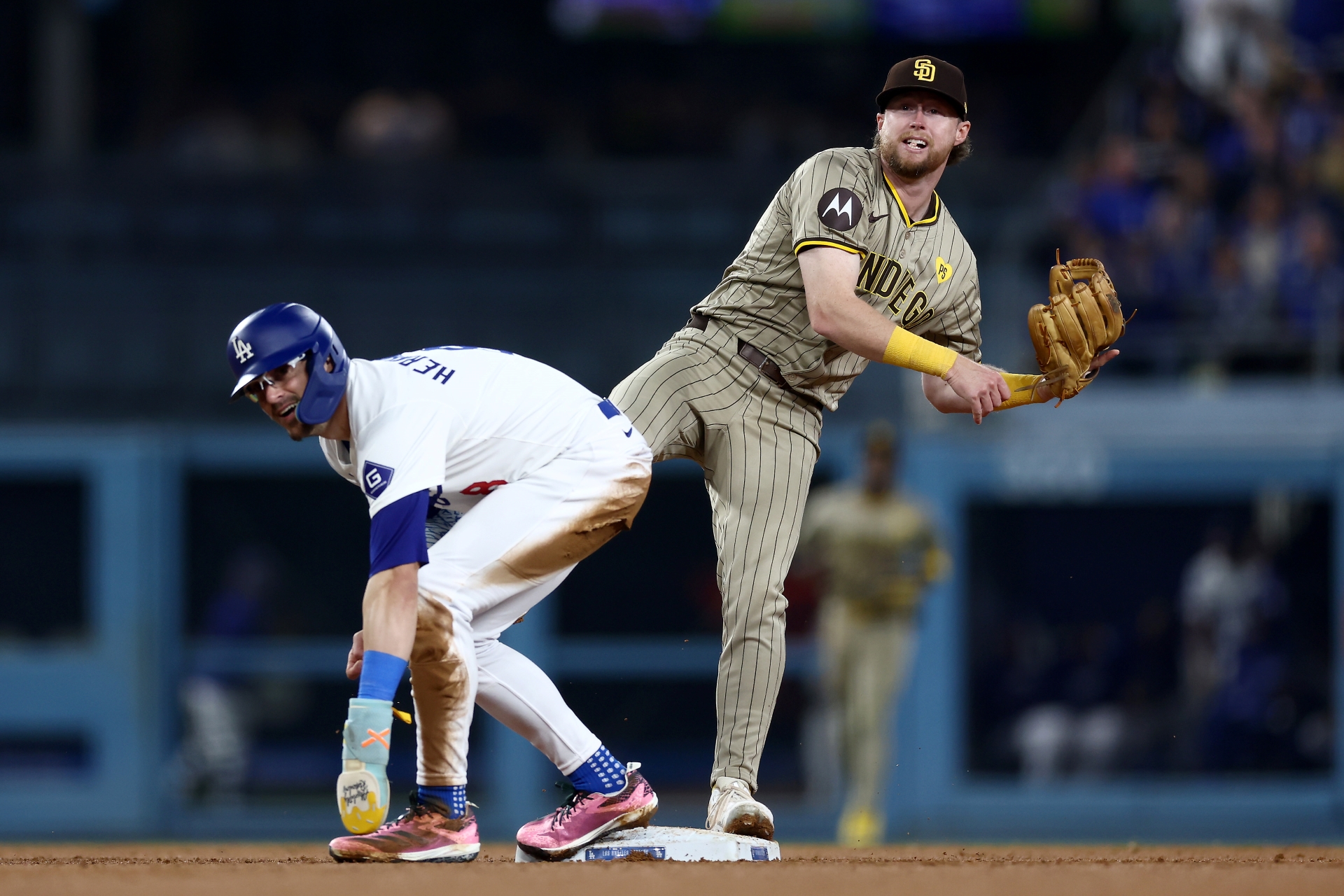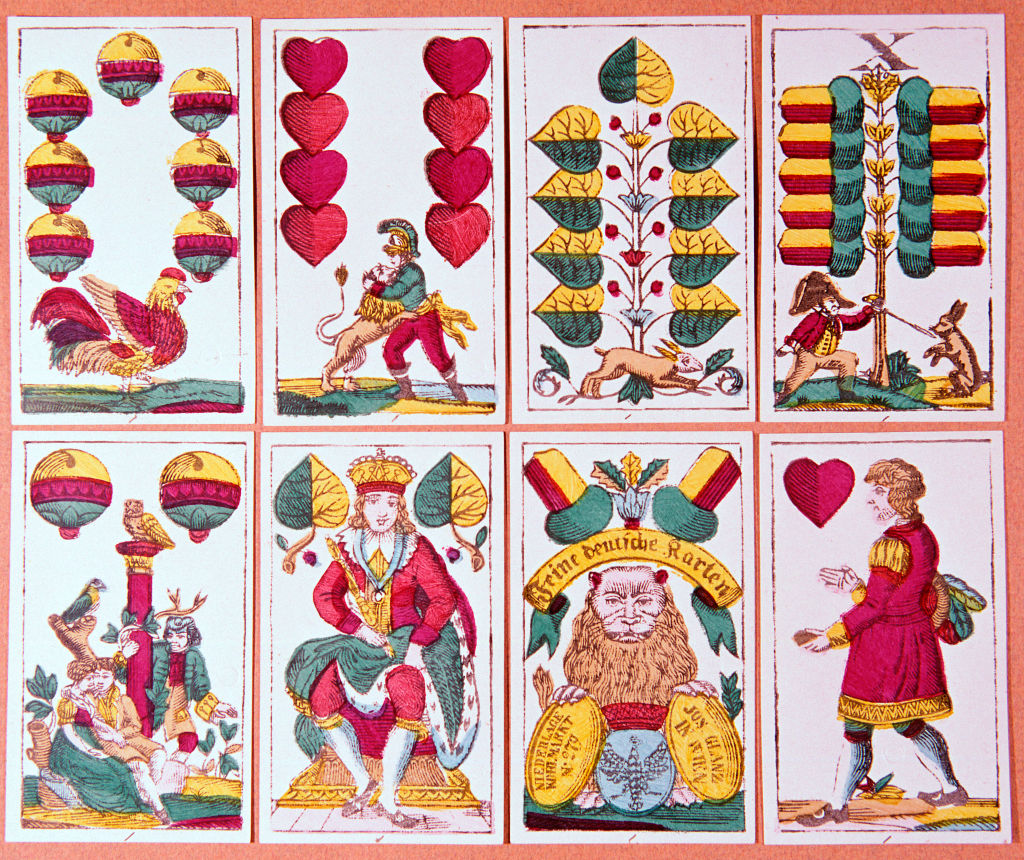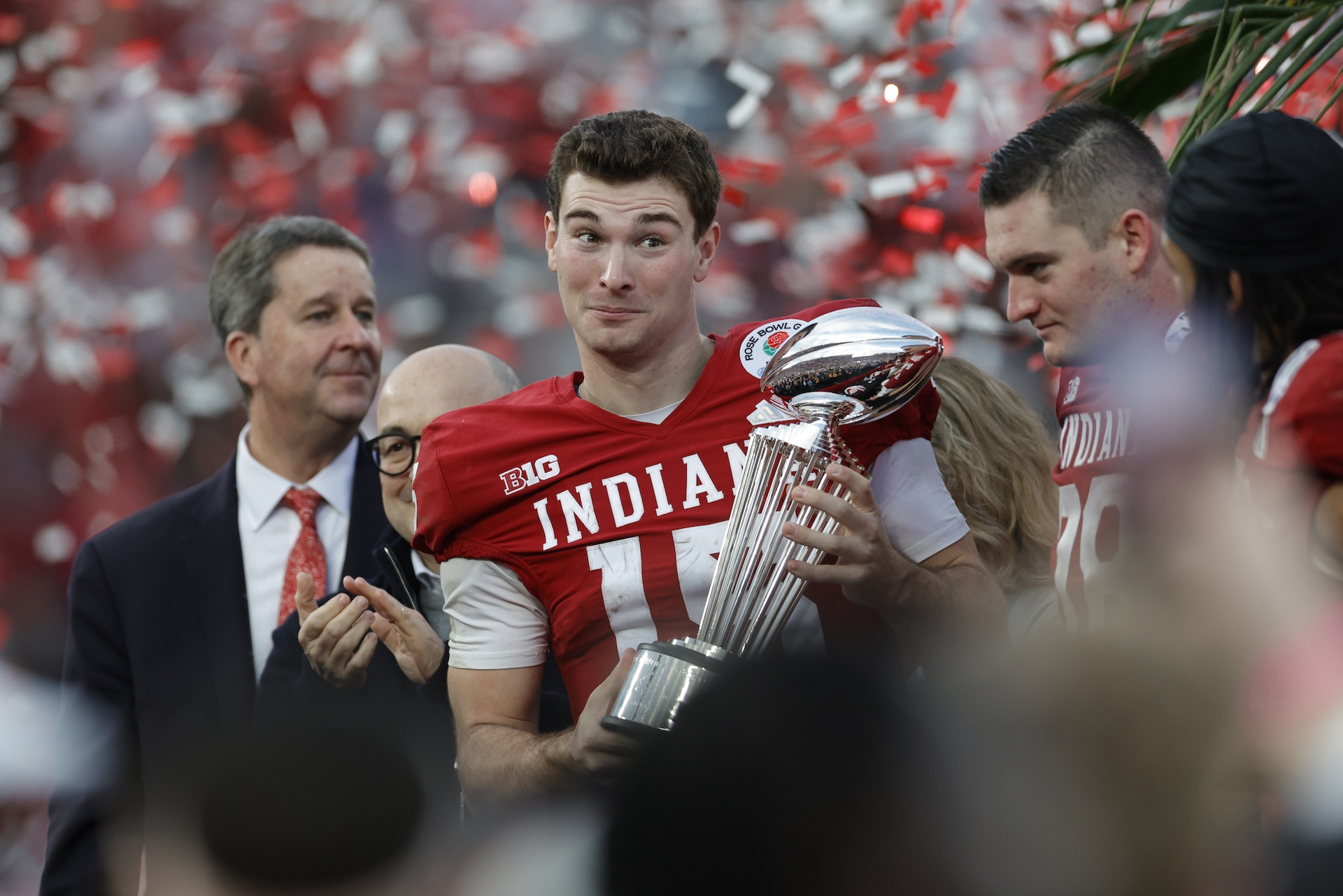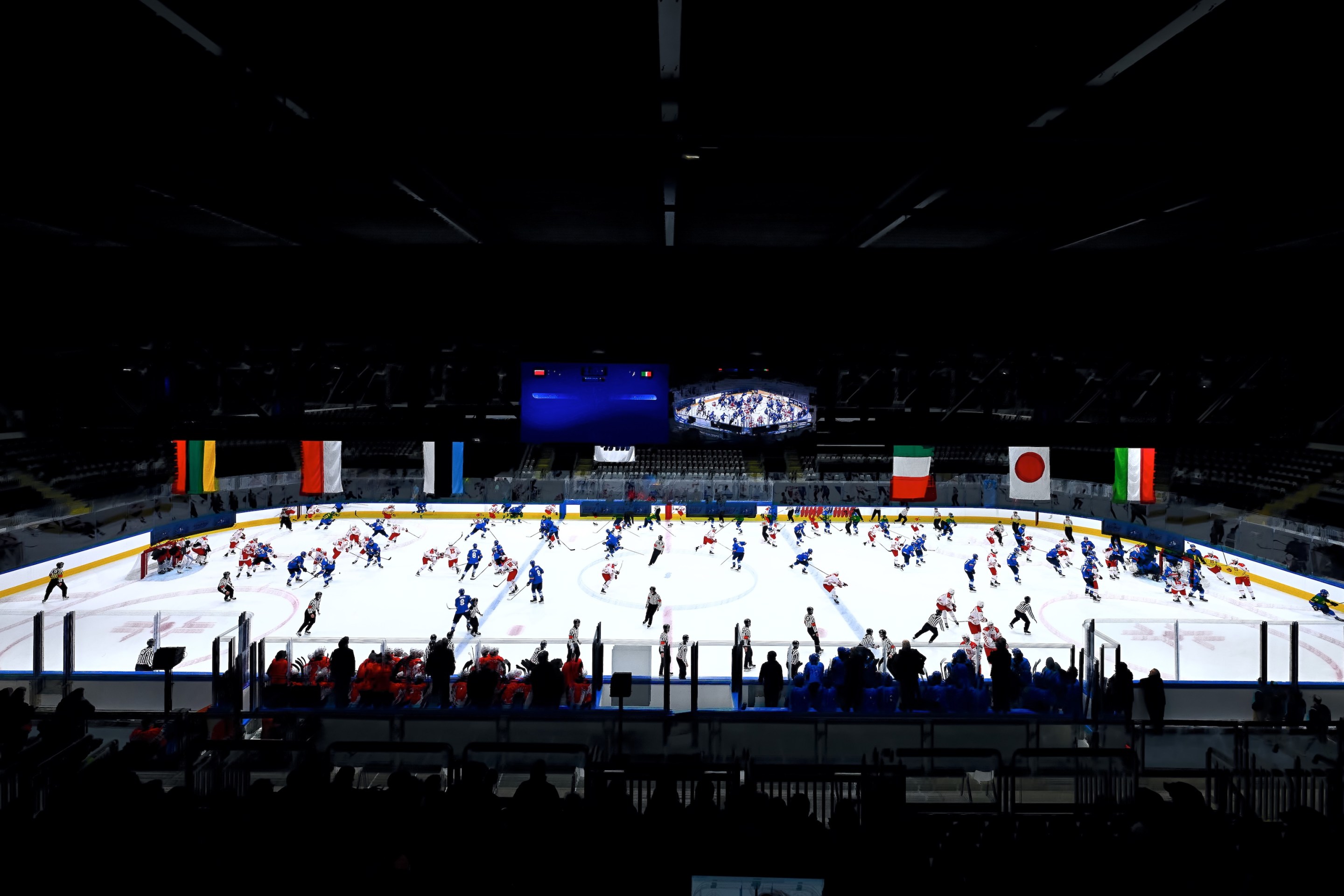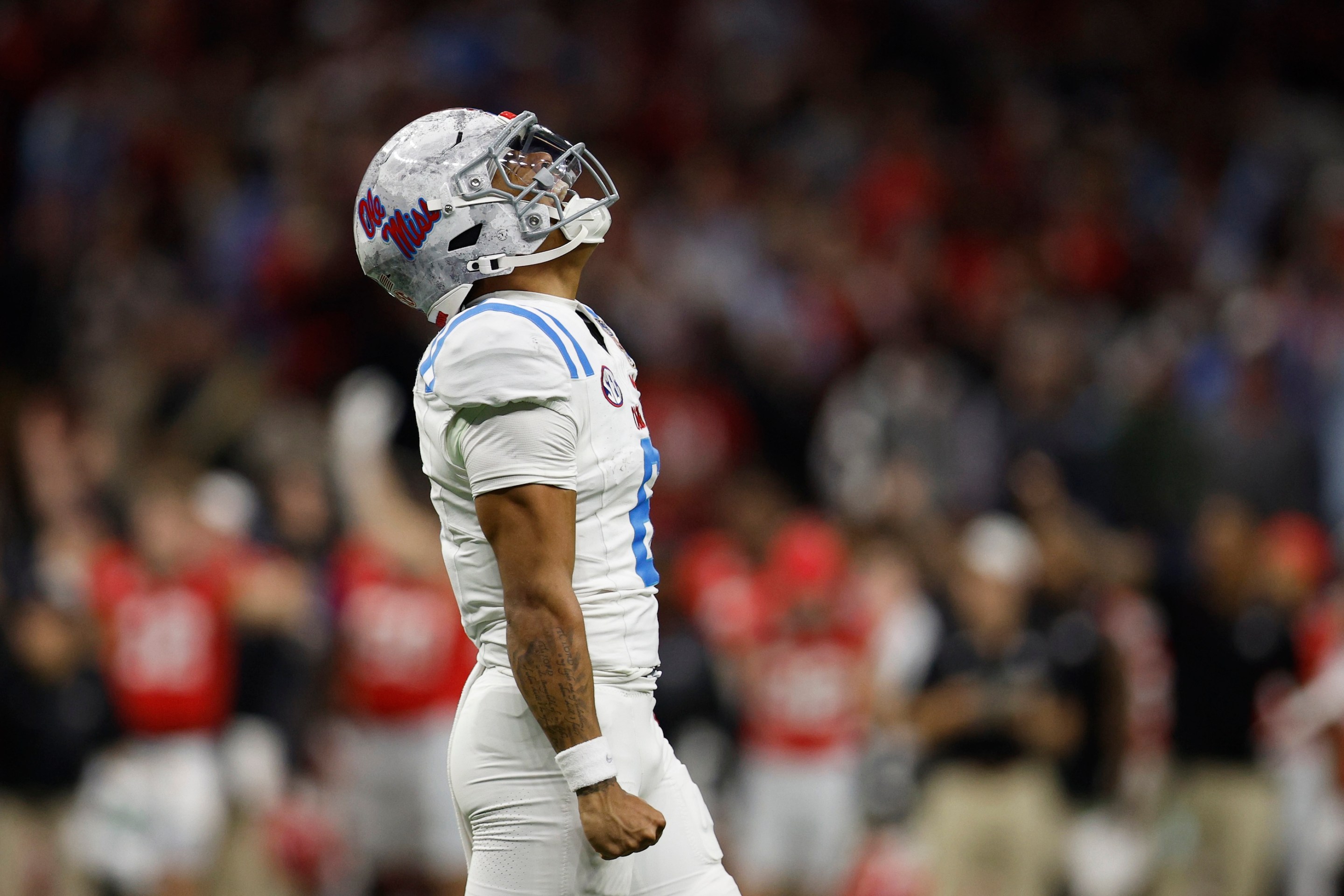With two men on and no one out in the bottom of the ninth inning, Dodgers shortstop Miguel Rojas initially put his bat down for a bunt. This was the correct decision, from his team's perspective: Shohei Ohtani was on deck, and Rojas would make an acceptable sacrifice to enable a possible Ohtani walk-off against the Padres. But swing the bat Rojas did, and for that, there were consequences. On Tuesday, San Diego clinched a spot in the postseason with a 5-4-3 triple play, the first team in Major League history to get a playoff spot in that fashion.
“There’s less than a one-percent chance that Shohei doesn’t come up to bat,” Dodgers manager Dave Roberts said after the loss. “And unfortunately that small percentage came into play.”
The Padres, who were one of the most mediocre teams halfway through the season, now only sit two games back from Los Angeles for first place in the NL West, and still have two more games in the series. Their second-half surge has broadly been driven by the pitching efforts of Dylan Cease and newly converted starter Michael King; their best hitters have been, as everyone expected, Jackson Merrill and Jurickson Profar. The Padres are now 9-1 in their last 10 games. The one-percent triple play to clinch is an apt summary of their post–All-Star Game success—that it took place against the Dodgers is nigh poetic.
Not to engage in any triple-play snobbery, but I'm obliged to note that while clinching a playoff spot via triple play is very memorable, this is actually the second triple play of this season, and the first was a lot stranger. (That the first was executed by the Phillies is neither here nor there.) Still, while the 5-4-3 triple play is the most vanilla type of triple play, it is also the most honest. There was no goofy mistake by a baserunner, or chance comebacker. Rojas started this brilliant moment of fielding by hitting a grounder to third, the kind of event you'd see in any game. The Dodgers' No. 9 hitter had a knack for that: In his previous two at-bats yesterday, he had both grounded out and grounded into a double play. It's unclear what the fourth accomplishment could be to create some kind of perverted groundout cycle.
